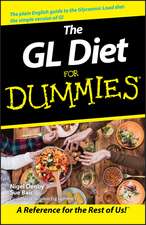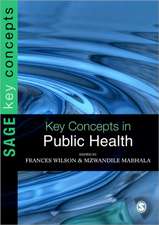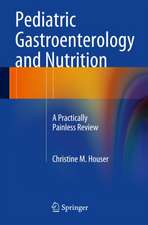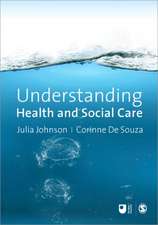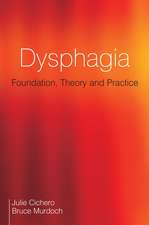An Experimental Study of Pituitary Tumours: Genesis, Cytology and Hormone Content
Autor Hong Giok Kwade Limba Germană Paperback – 31 dec 1960
Preț: 389.52 lei
Preț vechi: 410.01 lei
-5% Nou
Puncte Express: 584
Preț estimativ în valută:
74.55€ • 77.54$ • 62.48£
74.55€ • 77.54$ • 62.48£
Carte tipărită la comandă
Livrare economică 14-28 martie
Preluare comenzi: 021 569.72.76
Specificații
ISBN-13: 9783540027140
ISBN-10: 3540027149
Pagini: 100
Ilustrații: IV, 94 S. 4 Abb.
Dimensiuni: 155 x 235 x 5 mm
Greutate: 0.15 kg
Ediția:1961
Editura: Springer Berlin, Heidelberg
Colecția Springer
Locul publicării:Berlin, Heidelberg, Germany
ISBN-10: 3540027149
Pagini: 100
Ilustrații: IV, 94 S. 4 Abb.
Dimensiuni: 155 x 235 x 5 mm
Greutate: 0.15 kg
Ediția:1961
Editura: Springer Berlin, Heidelberg
Colecția Springer
Locul publicării:Berlin, Heidelberg, Germany
Public țintă
ResearchCuprins
I. Introduction.- II. Pituitary tumours in mice and rats.- A. A survey of the literature.- 1. The incidence of spontaneous pituitary tumours.- a) In mice.- b) In rats.- 2. Induced pituitary tumours.- a) In mice.- b) In rats.- 3. Concepts on pituitary physiology that have contributed to current theories on pituitary tumour induction mechanisms.- a) The negative feed-back mechanisms.- b) Present tendency to assign the various functions of the pituitary to different cell types.- 4. Present concepts on pituitary tumour induction mechanisms.- a) Each specific pituitary cell type producing its own hormone may give rise to a monomorphous, monohormonal pituitary tumour.- b) The omnipotent pituitary amphophile cell, capable of producing every pituitary hormone, giving rise to potentially multi-hormonal, amphophile pituitary tumours.- B. 1. Discussion.- 2. Summary and conclusions.- III. The incidence and the rate of growth of experimental pituitary tumours in various strains of mice and in rats.- A. Experimental.- 1. Materials and methods.- a) Animals.- b) Method of administration of the drugs used.- c) Method of classification of pituitary glands.- 2. Results.- a) In mice.- b) In rats.- B. Discussion and conclusion.- IV. Morphological characteristics of experimental pituitary tumours of mice of different inbred strains.- A. Comparison of the morphology of oestrone-induced and “radiothyroidectomy”-induced pituitary tumours employing a tri-chrome stain.- 1. Material and methods.- 2. Results.- 3. Discussion.- B. Differentiation of the two types of pituitary tumours by the PAS reaction.- 1. Material and methods.- 2. Results.- 3. Discussion.- V. The thyroid stimulating hormone (TSH) content of experimentally induced pituitary tumours in mice.- A. Substances in mouse pituitary homogenates interfering with a comparative TSH-assay.- 1. Data from the literature.- 2. Materials and methods.- 3. Experiments.- a) The choice of male mice as recipients.- b) The influence of centrifuging the homogenate at 2,500 × g.- c) The effect of castration of male recipient animals on thyroidal 131I uptake.- d) A second interfering substance.- 4. Conclusions.- B. Comparative assays of the TSH content of pituitaries of mice treated in various ways to induce pituitary tumour development.- 1. Data from the literature.- a) The possible action of oestrone on thyroid physiology and TSH content of the pituitary.- b) The effect of thyroid hormone deprivation on pituitary TSH.- 2. Material and methods.- 3. Results.- a) Assay series using the Sn 24,000 × g of pituitary homogenates.- b) Assay series using the Sn 14,000 × g of pituitary homogenates.- 4. Discussion.- 5. Summary.- VI. General Summary.- References.




